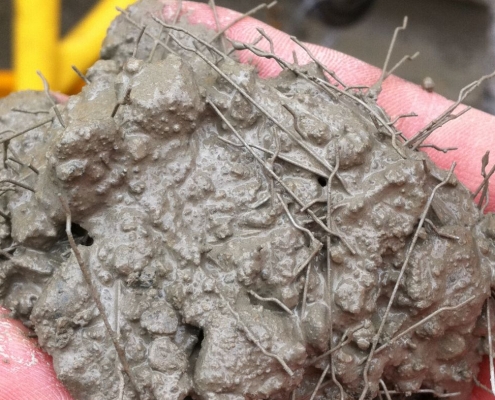Steel fiber is a versatile material that plays an important role in construction, infrastructure, and industrial applications. With its high tensile strength, durability, and ductility, steel fiber offers many advantages over traditional reinforcement materials. These innovations have expanded the range of applications for steel fiber and opened up new opportunities for growth in the industry. This article explores the latest developments in steel fiber technology and their potential impact on the industry.
Introduction
Steel fiber is a type of reinforcement material that is added to concrete to improve its strength, durability, and ductility. The use of the material in concrete offers several advantages over traditional reinforcement materials, such as rebar and wire mesh. It is more effective at controlling cracking, provides better impact resistance, and can reduce the overall cost of construction.

Innovations in Steel Fiber Technology
Recent innovations in steel fiber technology have expanded the range of applications for SFRC and improved its performance. One of the most significant developments in steel fiber technology is the use of new alloys. For example, stainless steel fibers offer increased corrosion resistance. While high-strength steel fibers can provide greater tensile strength. Another innovation is the use of different shapes and sizes of steel fibers. Hooked-end fibers, for instance, improve the bond strength between the fiber and concrete. While crimped fibers provide better anchorage.
Manufacturing processes have also improved, with new techniques that produce fibers with more uniform properties and better dispersion in the concrete mix. For example, microfiber technology allows for the production of ultra-thin fibers that can improve the durability of concrete in harsh environments. These innovations have expanded the range of applications for SFRC and opened up new opportunities for growth in the industry.
Applications of Steel Fiber
Steel fiber plays an important role in various fields. In addition, it is also used in precast concrete elements, such as beams and columns, where it can reduce the weight of the structure and improve its overall performance.One of the main advantages of steel fiber is its ability to control cracking in concrete. When concrete is subjected to tensile stress, it can develop cracks that can weaken the structure. Steel fiber helps to distribute the stress more evenly, reducing the risk of cracking and improving the overall performance of the concrete.
Steel fiber also provides better impact resistance than traditional reinforcement materials. This is particularly important in applications such as airport runways and industrial flooring where heavy equipment and vehicles are present.

Future Prospects for Steel Fiber
The prospects for steel fiber are promising, with continued growth expected in the industry. These technologies will create new opportunities for the use of steel fiber in construction and will help to drive innovation in the industry.Steel fiber is a versatile material that offers many advantages in construction and infrastructure applications. With ongoing developments in technology, the future prospects for steel fiber are very promising.
In conclusion, the material is versatile material that offers significant advantages over traditional reinforcement materials. Recent innovations in this technology have expanded the range of applications for SFRC and improved its performance. With the continued development of new alloys, shapes, and manufacturing processes, the prospects for the material are bright. The use of material in construction will continue to grow, and it will play an increasingly important role in building the infrastructure of the future.
